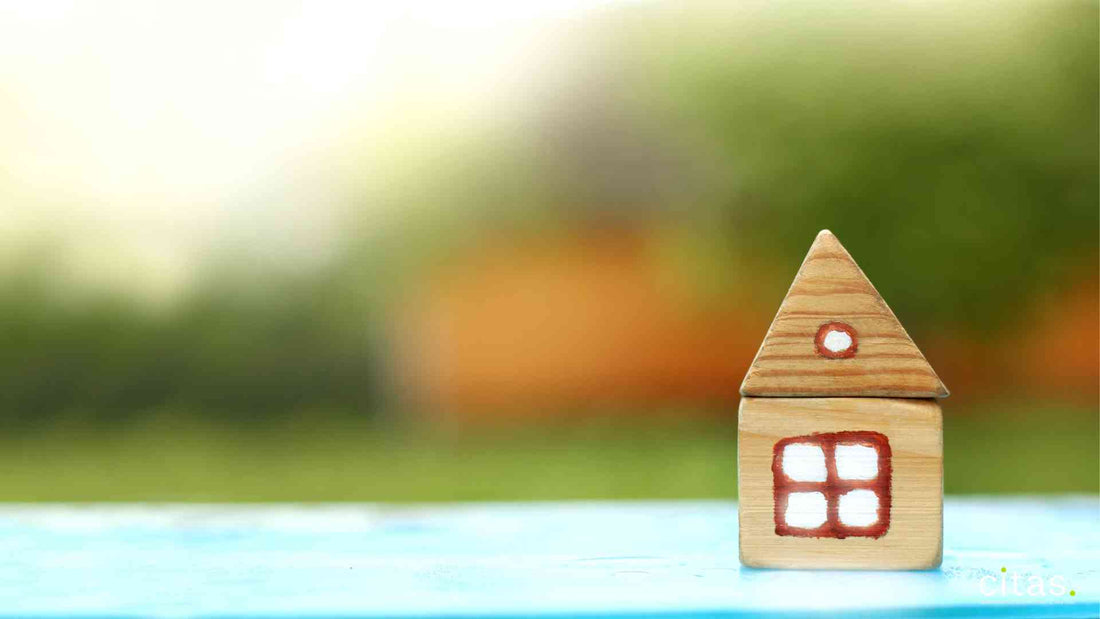
How to be sustainable when investing in real estate
Share
Thoughts and strategies on ecology and sustainability required a change in positioning and especially attitudes, and it was with this thinking that innovations such as sustainable properties were incorporated into the real estate market and other areas.
Sustainability and concern for the environment have been gaining strength in recent times, consumers have been looking for “greener” practices in all areas of life, and with their home and even their investments it could not be different.
The impacts of pollution and the misuse of non-renewable resources have become increasingly apparent. Predictions regarding the consequences of global warming have frightened many consumers, which has led them to adopt a more positive attitude in their daily lives.
Discover the new market trend
The real estate investment market is constantly changing to keep up with consumer needs and behavior, and today conscious consumption is one of the main concerns before making any decision.
In this scenario, sustainable properties have emerged and have been well received by the public. They consist of buildings that focus on minimizing environmental impacts during the construction period and after its completion.
These properties reduce the cost of electricity and water while functioning as a major awareness campaign, after all, all the materials and techniques used in their construction are carefully chosen to reduce the impact on the environment.
What does a property need to have to be sustainable?
The idea of sustainability is to consume only what is essential to preserve as many resources as possible for future generations. With this in mind, a real estate investment needs to meet certain requirements to be considered sustainable.
Firstly, properties must be planned to have the least possible impact on the environment, using materials, technologies and processes appropriate to this, from the choice of area, neighborhood, construction technology and location must follow this thinking.
These properties have filters and systems to store rainwater for internal use, electrical systems to reduce energy use, through solar panels for example, these measures reduce the monthly amounts spent by residents in the long term.
Is the cost-benefit worth it?
For a sustainable property to be built, it requires an investment equal to or greater than that of conventional properties, mainly because they use techniques that are recent on the market and are therefore little used compared to conventional ones.
The positive side is that these properties tend to appreciate in value, especially because their return is long-term, when monthly costs are reduced for residents compared to regular properties, and they usually have a modern design and are integrated with technology, which makes everyday life more practical.
The benefits of using these properties are not limited to the environment and monthly expenses. It has already been proven that the use of sustainable materials and technologies can improve the health and quality of life of residents, making them more willing and active.
So? Did you understand what sustainable real estate is?
To read more content like this, visit our website !
